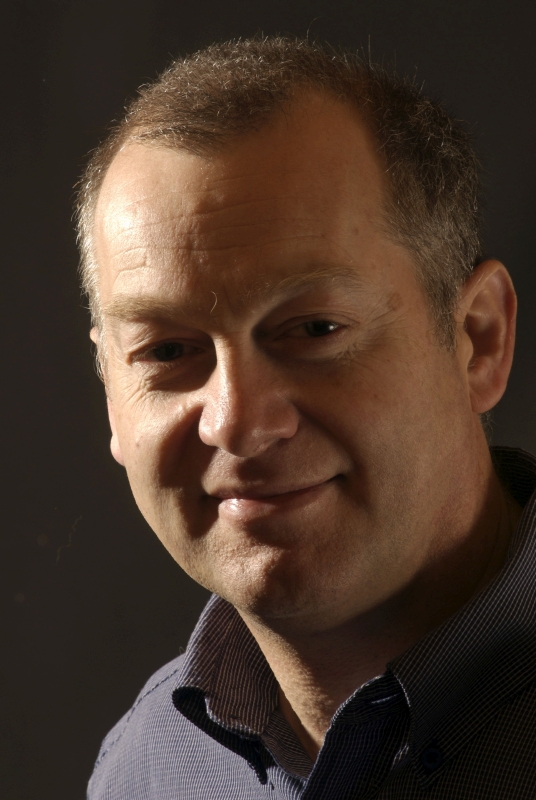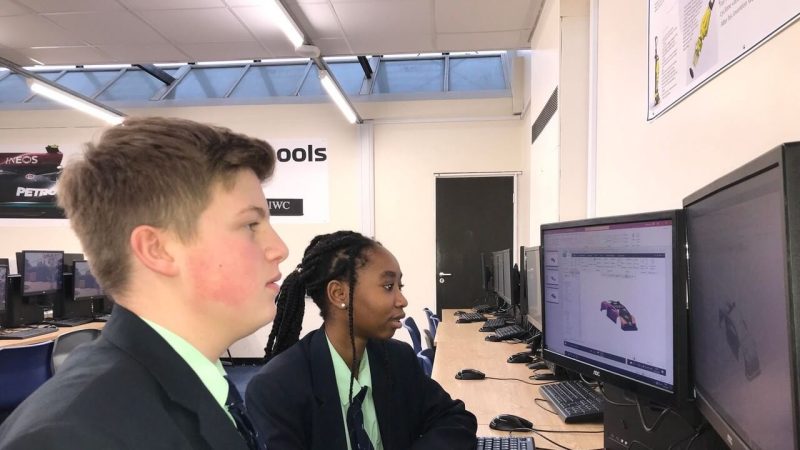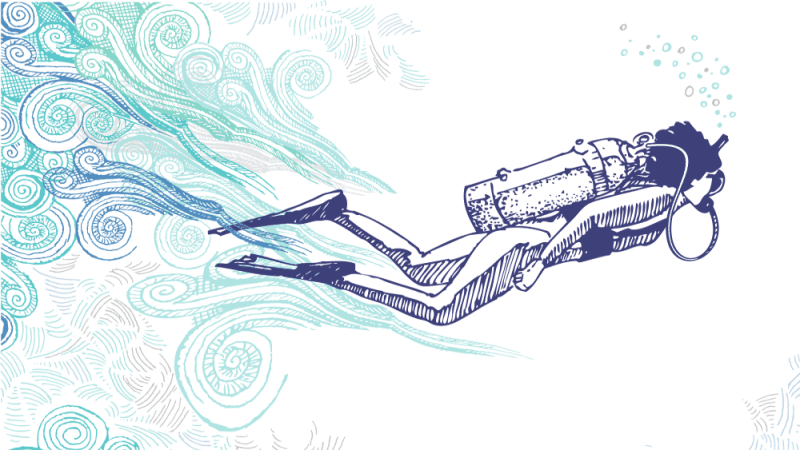Art & Design and Design & Technology must remain separate subjects

Despite having ‘design’ in common, A&D and D&T are very different, and it is essential that we maintain the distinction in schools, says Andy Mitchell…

- by Andy Mitchell
- Consultant and former deputy chief executive at the D&T Association

Effective design education in schools depends upon teaching it in both design and technology (D&T) and art and design (A&D).
However, the starting points, emphasis, intentions and outcomes of pupils’ learning differ between the two, and clarifying the differences is essential in securing the integrity of each subject’s contribution.
Together, they ensure pupils receive a broad experience of design, preparing them for later life and for some, a basis for work within the full spectrum of design-related industries.
Since its inception 30 years ago, the National Curriculum for England has contained the word ‘design’ in the titles of two of its subjects: D&T and A&D.
It might be reasonable to assume therefore, that the concept of design and its intrinsic importance in a broad and balanced education would be widely understood. This is not the case.
The more than subtle differences between the application, if not the meaning of the word in both subjects goes unrecognised.
Both references of course are equally valid, and to remove either from the curriculum would significantly impoverish the educational experience young people receive.
Therefore, let us briefly explore some of the differences and hence respective contributions of design in the two discrete disciplines.
For the purpose of this exercise, design education is conceptualised as a continuum of experience, with A&D at one end and D&T at the other. There are a few imperatives for the teaching of design in both subjects, and others which belong at polar ends of the continuum.
Central or strategic
Designing in D&T requires a wide range of interrelated decisions to be made including: the overall purposes of the product, the way it will work, technical matters, sensory appeal, aesthetics, manufacturing and constructional constraints, all in the light of meeting user requirements, in ways that will delight.
Every D&T project and unit of work should have design at its centre.
Every task will be informed either directly by pupils’ designing, for example, developing and communicating creative ideas for a product through computer-aided design, or indirectly, for example, developing knowledge about existing products to inform design decisions.
But it is important to note that tasks which might be considered to be pure ‘making’ activities have a key role in informing pupils’ design thinking.
A&D does not require art, craft or design or to be taught simultaneously, and will not always include design as an integral part.
Art and design, together with craft skills, can be treated as individual disciplines, or as blended learning activities reflecting real world experiences.
Designing in A&D is predominantly concerned with critical understanding of the construction, meaning and significance of images and objects.
Design is strategic, supporting thinking, reasoning and analysis. Design is positioned, where and when appropriate, as a creative tool or strategy.
Within A&D, design can provide strategic development – the ‘glue’ that links meaning, expression and creativity into the process.
Function and aesthetics
In D&T, designing should always lead to products, systems and services that work in some way.
Although aesthetic qualities are vitally important to the success of almost all products, the outcomes of design cannot be considered to be design and technological if they are purely aesthetic by nature.
Technical decisions should always feature in designing in D&T. For a product or service to be regarded as successful, it must work technically to perform its function and aesthetically to provide user appeal.
In A&D an outcome can communicate on many levels, with function differing from that in D&T. A painting, site specific sculpture or photograph does have a function. For example, a painting is designed to engage and provide interest through the organisation of form and meaning.
However, designing does not need to lead to a practical outcome. It can be non-functional but is always meaningful. In A&D, meaning and form may or may not be more important than function and communication of meaning is not reliant on function.
Both disciplines produce outcomes that are intended for a specific user or audience.
In D&T, pupils’ designing is always user-centred ie there is always a consumer, client or market in mind.
A design brief in D&T leads to conversations between the designer and the user, enabling them to choose between multifarious technical possibilities and identify appropriate technology working towards a creative outcome meeting their needs.
Learning should always emphasise the utility and outward value of what is being designed.
But in A&D, pupils may engage in creative activity for an audience, an exhibition, or installation as an end point. The creative activity may be an expressive or meaningful end in itself, supporting the creative practice of the individual.
Starting points can be self-motivated, or as a response to a commission or a brief.
In A&D, pupils’ learning may focus solely on the intrinsic, creative or cultural value of the outcome or process or, within the context of a craft work or piece of graphics, possess extrinsic or practical value.
Design can be reflective, meaningful, creative, challenging and expressive, resulting in activity that may or may not result in a functional or audience-led product, system, object or artefact.
Authentic experiences
In an authentic D&T experience, pupils should always design tangible, functional, user-centred products and services i.e. not ornaments, sculptures, or representations of feelings.
Some contexts in D&T will be immediately authentic to pupils and fall within their everyday experiences as users and consumers of products and services. Some authentic contexts will relate to the wider world and have cultural, social or industrial significance.
Within A&D, authenticity for pupils is defined by a critical, expressive and meaningful understanding of the significance of the visual and material world.
This will include signs, artefacts and symbols from their own and other cultures; paintings, drawings, sculptures, the grammar and tradition of ornament and decoration. It also includes products and artefacts that enrich and make our lives more meaningful.
What makes understanding the concept of design education so topical, is the worrying emerging trend which sees schools effectively abandoning D&T.
Instead, they focus on preparing students for an A&D endorsed GCSE qualification – often 3D design. This is a worthy qualification, but it is not D&T.
It does not facilitate a great deal of what should be taught within D&T at KS3 and 4, for example, user, purpose and function.
Ditching GCSE D&T and embracing this qualification as a replacement, puts at risk the future of the subject both locally and nationally, as well as specialist D&T teachers’ careers.
An expensive, challenging to resource subject, that does not lead toward a qualification under the same title, begs the question, is it really necessary?
Some head teachers would love to drop it if only for logistical reasons. Consequently, the need for schools to explore the commonality, difference and unique contribution of design in both disciplines is vital.
5 ways to keep design disciplines discrete
- A&D and D&T teachers should engage in informed discussion about the nature of design in respective subjects
- Explore the differences in starting points for A&D and D&T
- Look for opportunities to effect efficiencies in teaching and learning across both subjects
- Identify commonalities and differences in approaches to developing creativity
- Actively engage members of the school SLT with the debate
Andy Mitchell is an independent educational consultant and until recently, was Deputy Chief Executive of The Design and Technology Association.







